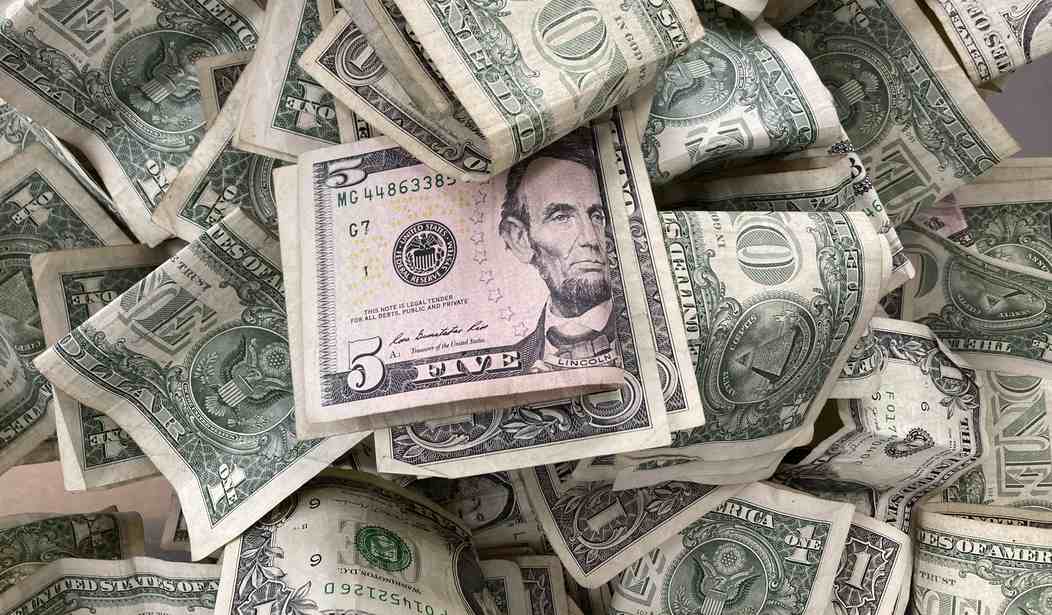The inflation rate for October rose 2.6% after a 2.4% increase in September. Excluding food and energy costs, the "core rate" of inflation rose by 3.3%.
The 2.6% rise in inflation was the first increase in seven months, and along with the troubling inflation core rate remaining far above the Federal Reserve's target inflation rate of 2%, Donald Trump will have some work to do when he takes office in January.
Core inflation rose by 3% for the third straight month. This doesn't put the Federal Reserve's December interest rate reduction in danger, but it will force the Fed to reevaluate other rate reductions in the future.
Gas prices moderated, and grocery prices remained actively stable, although eggs rose an eye-popping 30% in October, and juices and drinks rose 14%.
“One or two really good data months or bad data months aren’t going to really change the pattern at this point,” Federal Reserve Chairman Jerome Powell said during a press conference.
“Inflation is proving to be a little sticky, but not a big issue,” said Ryan Sweet, chief U.S. economist at Oxford Economics, a consulting firm. “What I think that means for the Fed is that they can still cut in December.”
If it reduces its key rate again in December by an expected quarter-point, Sweet said, the Fed will have cut rates by a full percentage point. He thinks the policymakers will then pause to gauge the effects of their rate cuts on the economy and inflation.
“A pause is coming,” Sweet said. “The path for interest rates next year is a lot murkier.”
Stock prices surged in the wake of Trump’s election victory, mostly on optimism that his proposed tax cuts and deregulation would boost the economy and corporate profits. But bond yields also moved higher, partly reflecting fear that inflation could accelerate.
Auto insurance rose 14% over the last year while housing costs are up nearly 5%. The big increase in auto insurance reflects the rise in price for new cars and car parts in general. The increase in housing costs is said to be a holdover from the pandemic as demand has outstripped supply.
At a news conference last week, Fed Chair Jerome Powell expressed confidence that inflation is still heading down to the central bank’s 2% target, though perhaps slowly and unevenly.
Powell also noted that most sources of price pressures are cooling, suggesting that inflation isn’t likely to accelerate in the coming months. Wages are still growing and have outpaced prices for the past year and a half. But Powell noted that wages aren’t rising quickly enough to boost inflation.
The Fed chair also observed that some sources of rising prices, like auto insurance, reflect changes that occurred during the pandemic, such as a spike in car prices that made them costlier to insure. Such “catch-up inflation,” as he called it, will likely fade over time.
A survey by the New York Fed released this week found that consumers believe prices will rise 2.9% over the next year. Since a large part of the inflation calculus is consumer expectations of prices rising, the modest 2.9% expected increase by consumers should help moderate prices even further.










Join the conversation as a VIP Member